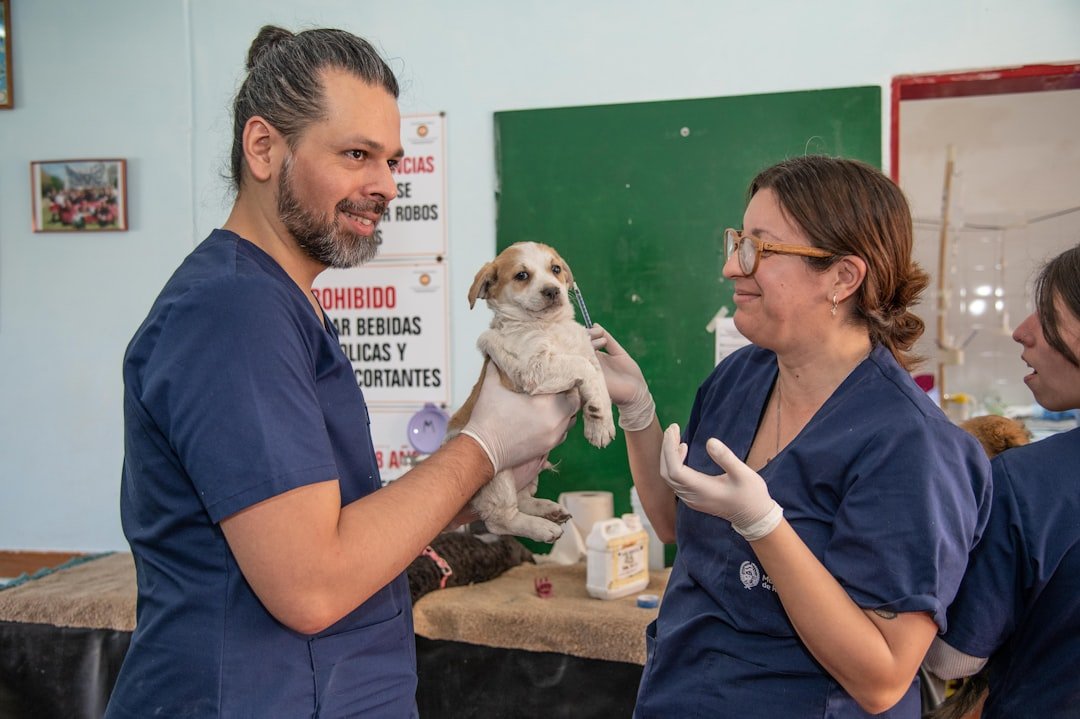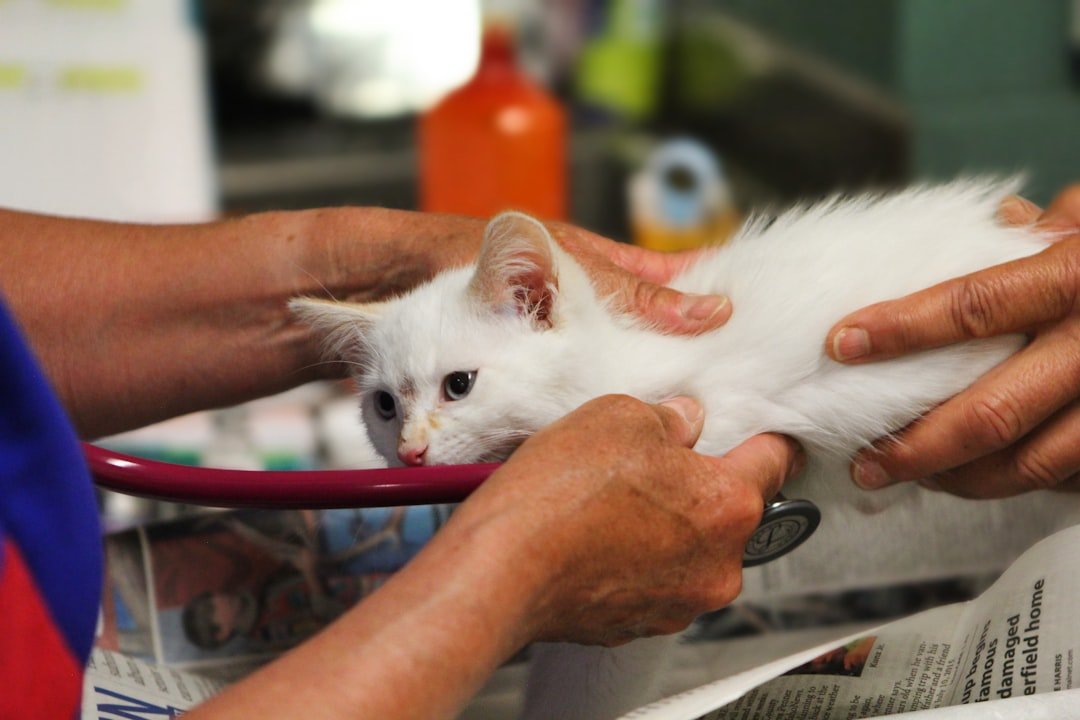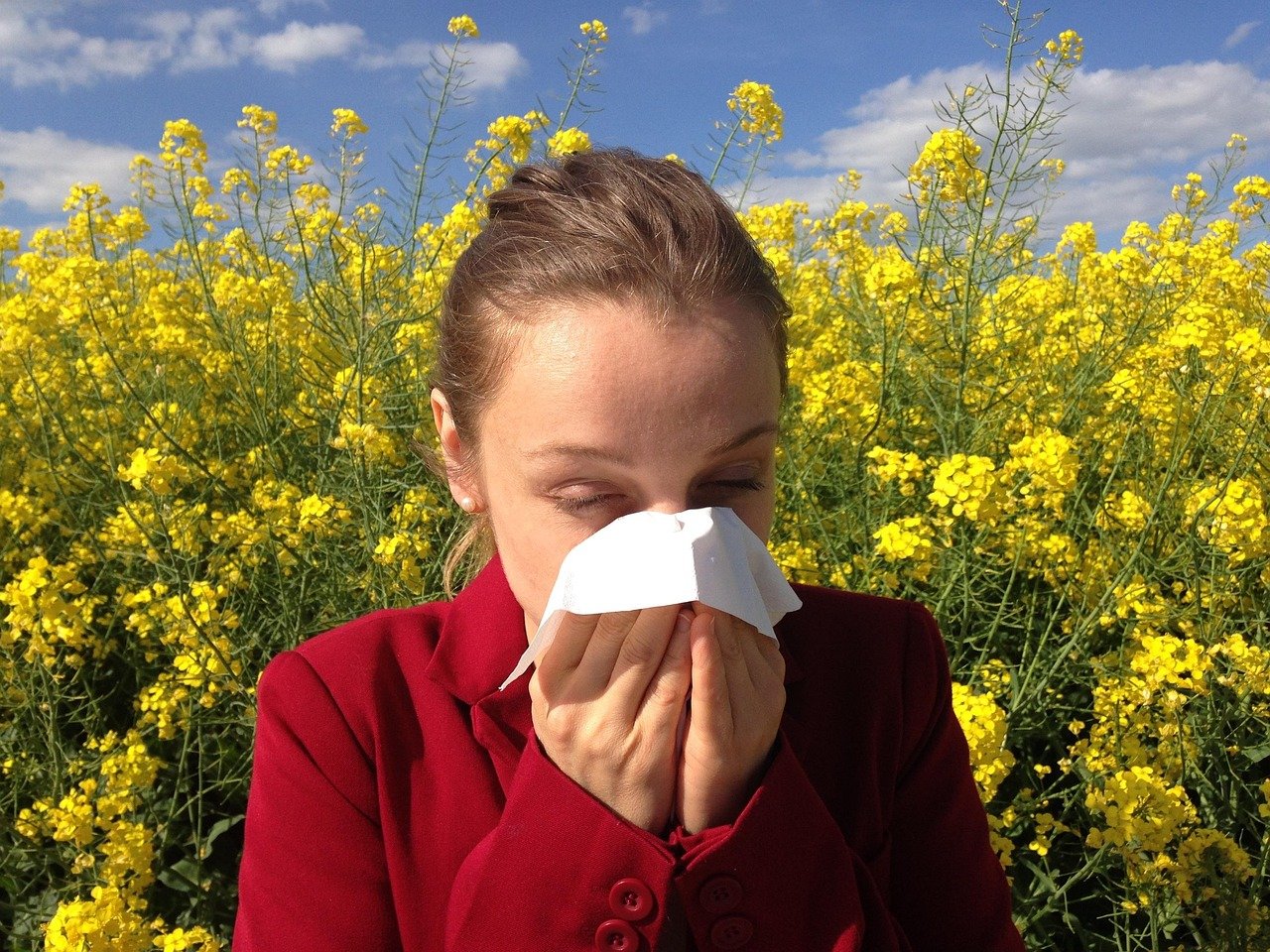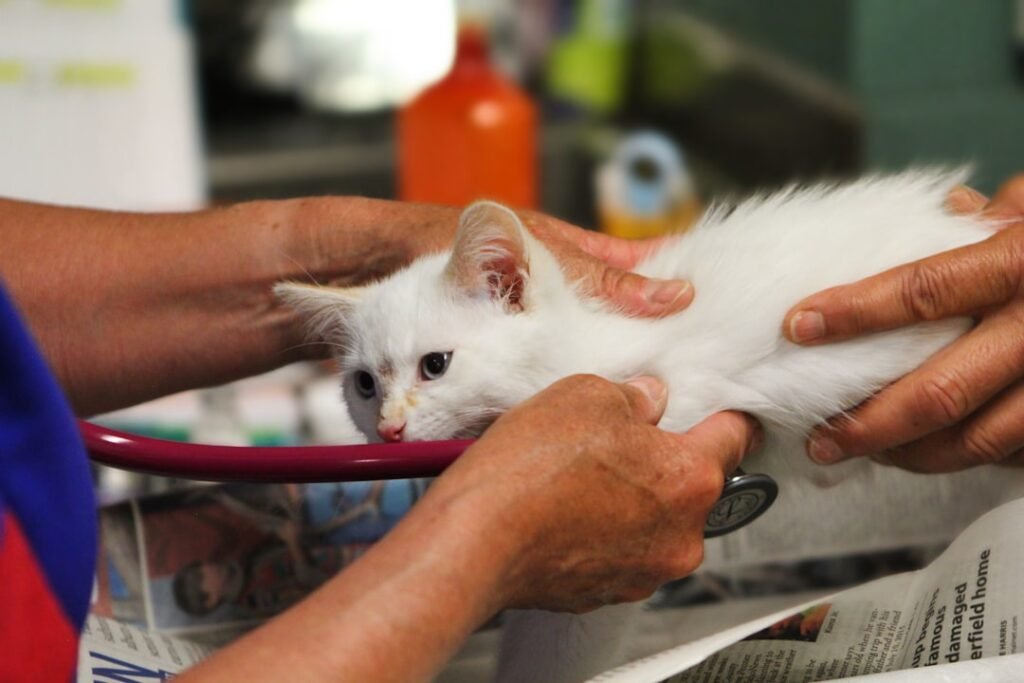You wouldn’t skip your own doctor’s appointments or ignore serious health warnings, so why would you risk your pet’s wellbeing based on outdated folklore and internet myths? Every day, countless pet owners unknowingly put their furry companions in danger by believing misleading information that sounds reasonable but could actually harm their beloved animals. Some of these myths are so deeply ingrained in pet culture that even well-meaning friends and family members spread them without realizing the potential consequences.
The Dangerous Myth That Indoor Pets Don’t Need Vaccinations

You might think your indoor cat or yard-restricted dog will never encounter the bacteria and viruses that cause vaccine-preventable diseases, but viruses and bacteria don’t respect walls or windows, and most states require rabies vaccines for dogs, and many states also require them for cats, regardless of whether they are strictly indoor or not. You can bring pathogens indoors on your shoes, clothing, or hands, and people can expose cats via indirect transmission, such as diseases and parasites on shoes and clothes carried into the home.
Canine distemper and parvovirus can survive on surfaces for extended periods, while feline herpesvirus and calicivirus can be transmitted by human clothing or visitors. Even a brief escape or emergency boarding situation could expose your unprotected pet to deadly diseases. Parvovirus kills puppies in a matter of days, and rabies is fatal in nearly every case.
Why Your Pet’s Warm Nose Isn’t a Health Indicator

A warm nose simply means your pet has a warm nose – nose temperature is a reflection of the surrounding environment such as room temperature and humidity more than a measurement of health. The temperature and moisture level of a dog’s nose fluctuate throughout the day for various reasons, including environmental factors and their level of activity, and a warm or dry nose isn’t a definitive indicator of illness.
This old wives’ tale has misled countless pet owners into either false reassurance or unnecessary panic. Instead of relying on nose diagnostics, watch for genuine signs of illness like changes in appetite, energy levels, bathroom habits, or behavior patterns. Your veterinarian can teach you what real warning signs to monitor.
The Grain-Free Diet Craze That Could Harm Your Pet

Grain-free diets have become increasingly popular, with many pet owners believing that grains are harmful or unnecessary for their pets, but this belief is largely fueled by marketing campaigns rather than scientific evidence. Grains like rice, oats, and barley can provide important nutrients, including carbohydrates, fiber, and vitamins, and some pet owners believe grains are fillers, but these are valuable carbohydrate, fiber, and essential nutrient sources.
Most pets develop food allergies against proteins, including beef, chicken, soy, egg, or fish, rather than carbohydrates, and the U.S. Food and Drug Administration found a potential link between grain-free diets and an increase in heart problems in pets. Before jumping on dietary trends, consult with your veterinarian about what’s truly best for your individual pet’s nutritional needs.
Free-Feeding: When Pet Self-Regulation Goes Wrong

Free-feeding, or leaving food out all day, is a common practice among pet owners who believe that their pets can regulate their own food intake, but most pets, particularly dogs, are prone to overeating, which can result in weight gain, obesity, and associated conditions such as diabetes and joint issues. Some pet owners believe that pets eat only as much as they need, but offering a constant food supply in hopes a pet will self-regulate can backfire and lead to obesity.
Unlike their wild ancestors who faced food scarcity, domestic pets have evolved alongside humans who provide regular meals. This abundance, combined with selective breeding and reduced activity levels, has diminished many pets’ natural ability to self-regulate food intake. Instead of free-feeding, it’s recommended to provide measured portions based on your pet’s age, weight, and activity level.
The “Dog’s Mouth is Cleaner” Fallacy

It’s a widely held belief that dogs’ mouths are cleaner than humans’, but like humans, dogs have a unique microbiome in their mouths, which means they harbor a lot of bacteria, some of which can be harmful to humans. A dog’s general mouth bacteria may be OK for humans, but where the dog’s tongue has been – it’s not a clean environment, and you can actually come down with salmonella poisoning after receiving a dog lick to the face.
This myth is wrong on several fronts – when pets lick their wounds, they deposit all of the bacteria living in their mouth directly into the sore, setting the stage for infection, plus the rough barbs on the tongue inflame and irritate the tissue around the wound. Regular dental care for your dog protects both their health and yours.
Why Cats Actually Need Regular Veterinary Care

Cats are often perceived as independent and low-maintenance, but they require significant care and attention – regular veterinary check-ups, mental stimulation, social interaction, and a clean environment are crucial for their well-being, and ignoring these needs can lead to health and behavioral issues. While it’s true that many cats are smaller than most dogs, it costs just as much for basic health care – an X-ray on a cat or a dog will cost the same, and cat care is likely to be only slightly less expensive than dog care, if at all.
Cats are masters at hiding illness and pain, which makes regular veterinary examinations even more critical. By the time obvious symptoms appear, many feline health issues have already progressed significantly. Don’t let your cat’s stoic nature fool you into thinking they’re maintenance-free.
The Painful Truth About Pet Pain Recognition

One troubling myth suggests that pets like dogs and cats don’t actually experience pain simply because they rarely yelp or vocalize obvious distress, but researchers acknowledge most animals demonstrate high pain tolerance due to prey animal instincts to mask vulnerabilities, and just because your pet isn’t crying doesn’t mean they aren’t suffering silently.
Pain in pets often manifests as subtle behavioral changes rather than obvious distress signals. Watch for decreased activity, changes in sleeping patterns, reluctance to jump or climb, altered eating habits, or withdrawal from social interaction. Stay alert for subtle signs of discomfort and never hesitate to call your vet. Your pet’s silence doesn’t mean they’re comfortable.
Debunking the “One Dog Year Equals Seven Human Years” Formula

The idea that one dog year equals seven human years is an oversimplification – dogs age differently based on their breed and size, with smaller breeds tending to live longer and age more slowly than larger breeds, and a more accurate method considers the specific breed and its life expectancy. This formula is a rough estimate, but it’s not entirely accurate – dogs and cats age differently based on their size and breed, and small dogs tend to live longer than large breeds with their aging process varying accordingly.
Understanding your pet’s real age equivalent helps you make better decisions about their care, exercise needs, and health monitoring. A large breed dog might be considered senior at six years old, while a small breed dog of the same age is still in their prime. Consult your veterinarian about age-appropriate care for your specific pet.
The Deadly Dangers of Human Food Sharing

Many pet owners believe that sharing their food with their pets is a kind gesture, but in reality, this can lead to serious health problems – while some human foods may be safe in moderation, many common foods are toxic to pets, and foods like onions, garlic, chocolate, and grapes can be harmful or even deadly. Table scraps often contain pet-toxic food ingredients, such as onions, garlic, or xylitol, and excess treats can lead to obesity, digestive issues, or problems with fat metabolism, including potentially deadly pancreatitis.
Foods like chocolate, grapes, onions, garlic, and certain artificial sweeteners are toxic to dogs and can cause reactions ranging from vomiting and diarrhea to kidney failure, and even foods that aren’t toxic can still upset your dog’s stomach, leading to digestive discomfort. When you want to show love to your pet, choose species-appropriate treats instead of sharing from your plate.
The Vaccination Schedule Myth That Endangers Young Animals

New puppy owners are shocked when veterinarians tell them that they need multiple vaccines or multiple visits in the first 16 weeks – animal babies get antibodies from their mothers’ milk, but when immunity from Mom wanes, the baby becomes vulnerable to disease, and if we miss that window where they are susceptible to infection, then we have a dog with distemper or a cat with leukemia virus.
Even though your breeder said that your puppy has had all of its puppy shots, that doesn’t mean the vaccines had any effect – typically, breeders have given all four sets of puppy shots by the time the pup is 6-8 weeks old, even though the last set shouldn’t be given until 16 weeks old, and because vaccines work by triggering the immune system to create antibodies, giving vaccines to a puppy younger than 8 weeks old doesn’t work. Following proper vaccination schedules could literally save your pet’s life.
Understanding the Real Risk of Pet Allergies and “Hypoallergenic” Breeds

A bonus myth is that shorthaired pets are less allergenic – not true either, as most people’s allergies are to proteins in the animal’s saliva, not their coat. All dogs and cats can cause allergies – if you have allergies, there are some pet breeds deemed “hypoallergenic,” but this term is often misunderstood and causes individuals to think that some dogs and cats will not trigger any allergies, when breeds deemed hypoallergenic don’t tend to trigger allergic reactions as much as other breeds, but they still can make you sniffle.
The “hypoallergenic” label gives people false hope and can lead to heartbreak when families adopt pets they ultimately cannot keep due to allergic reactions. If you have allergies, spend time with the specific animal you’re considering adopting, and consult with an allergist about management strategies rather than relying on breed generalizations.
Conclusion: Your Pet’s Life Depends on Facts, Not Fiction

The internet age has made pet misinformation more dangerous than ever before, spreading faster than veterinary science can debunk it. Unfortunately, these myths and misconceptions are not only wrong but also harmful to animals’ health, and if you are a pet owner, it’s imperative to stop believing these myths in order to provide your pet with the best care that they deserve. The best way to prevent serious illness in your pet is to have regular veterinary visits so that problems can be noticed, identified, and corrected early – seeing your veterinarian at least once a year will likely prevent a larger problem down the road.
Your pet’s health and happiness depend on your commitment to seeking reliable, science-based information from qualified veterinary professionals. When you hear something that sounds too good to be true or contradicts established veterinary guidance, take a moment to verify it with your trusted veterinarian. After all, isn’t your pet’s wellbeing worth double-checking the facts? What myth were you most surprised to learn was actually dangerous?



